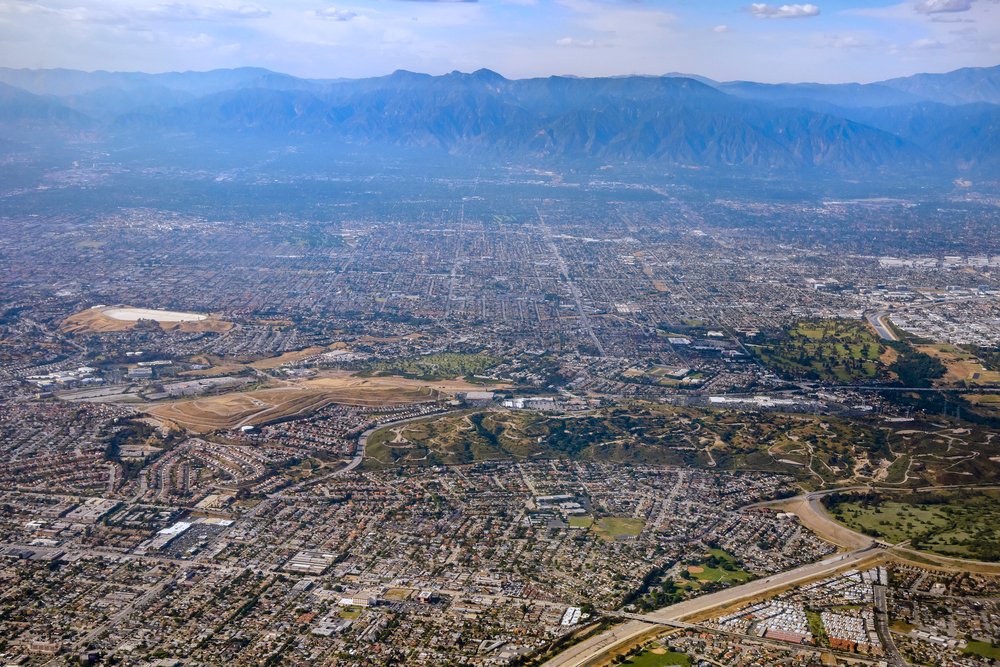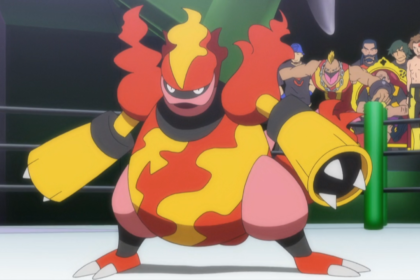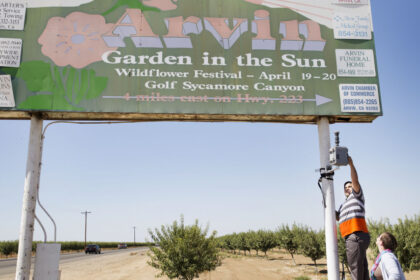Monterey Park is a city located in the western San Gabriel Valley region of Los Angeles County, California in the Los Angeles metropolitan area, United States, approximately seven miles (11 km) from the Downtown Los Angeles civic center. Take a look below for 20 interesting and amazing facts about Monterey Park, California, United States.
1. The city’s motto is “Pride in the past, Faith in the future”.
2. Monterey Park is part of a cluster of cities (Alhambra, Arcadia, Temple City, Rosemead, San Marino, and San Gabriel in the west San Gabriel Valley) with a growing Asian American population. According to the 2010 Census, the city had a total population of 60,269.
3. Monterey Park has consistently ranked as one of the country’s best places to live due to its good schools, growing economy, and central location.
4. Monterey Park is bordered by Alhambra, Los Angeles, Montebello, and Rosemead.
5. For at least seven thousand years the land was populated by the Tongva (Gabrielino) Native Americans. The Tongva lived in dome like structures with thatched exteriors, an open smoke hole for ventilation and light at the top.
6. Both sexes wore long hair styles and tattooed their bodies. During warm weather the men wore few clothes but the women would wear minimal skirts made of animal hides. During the cold weather they would wear animal skin capes and occasionally wore sandals made from hide of yucca fiber.
7. With the arrival of the Spaniards, Old World diseases killed off many of the Tongva, and by 1870 very few Native-Americans had survived. In the early 19th century the area was part of the Mission San Gabriel Arcángel mission system and later, the Rancho San Antonio.
8. Following the Civil War, an Italian, Alessandro Repetto, purchased 5,000 acres (20 km2) of the rancho and built his ranch house on the hill overlooking his land, about a half-mile north of where Garfield Avenue crosses the Pomona Freeway,[14] not far from where the Edison substation is now located on Garfield Avenue.
9. It was at this time, Richard Garvey, a mail rider for the U.S. Army whose route took him through Monterey Pass, a trail that is now Garvey Avenue, settled down in the King’s Hills. Garvey began developing the land by bringing in spring water from near the Hondo River and by constructing a 54-foot-high (16 m) dam to form Garvey Lake located where Garvey Ranch Park is now.
10. To pay for his development and past debts, Garvey began selling portions of his property. In 1906, the first subdivision in the area, Ramona Acres (named after the developer’s daughter, who would also later inspire the title of the novel Ramona[16]), was developed north of Garvey and east of Garfield Avenues.
11. In 1916, the new residents of the area initiated action to become a city when the cities of Pasadena, South Pasadena, and Alhambra proposed to put a large sewage treatment facility in the area. The community voted itself into cityhood on May 29, 1916, by a vote of 455 to 33.
12. The City’s new Board of Directors immediately outlawed sewage plants within city boundaries and named the new city Monterey Park. The name was taken from an old government map showing the oak-covered hills of the area as Monterey Hills. In 1920, a large area on the south edge of the city broke away and the separate city of Montebello was established.
13. By 1920, the white and Spanish-surname settlers were joined by Asian residents who began farming potatoes and flowers and developing nurseries in the Monterey Highlands area. They improved the Monterey Pass Trail with a road to aid in shipping their produce to Los Angeles.
14. The nameless pass, which had been used as a location for western movies, was called Coyote Pass by Pioneer Masami Abe.
15. In 1926, near the corner of Atlantic and Garvey Avenue, Laura Scudder invented the first sealed bag of potato chips. In an effort to maintain quality and freshness, Laura’s team would iron sheets of wax paper together to form a bag. They would fill these bags with potato chips; iron the top closed, and then deliver them to various retailers.
16. Real estate became a thriving industry during the late 1920s with investors attracted to the many subdivisions under development and increasing commercial opportunities. The Midwick View Estates by Peter N. Snyder, a proposed garden community that was designed to rival Bel Air and Beverly Hills. Known as the “Father of the East Side”, Mr. Snyder was a key player in the vast undertaking in the 1920s of developing the East Side as part of the industrial base of Los Angeles.
17. His efforts to build Atlantic Boulevard, his work with the East Side organization to bring industry to the East Side, and his residential and commercial development projects along Atlantic Boulevard (Gardens Square, Golden Gate Square, and the Midwick View Estates) were a major influence to the surrounding communities. The focal point of the Midwick View Estates was “Jardin del Encanto”, otherwise known as “El Encanto,” a Spanish style building that was to serve as the administration building and community center for Midwick View Estates. The development also included an observation terrace above Jardin del Encanto and the fountain with cascading water going down the hillside in stepped pools to De La Fuente.
18. Now known as Heritage Falls Park or “the Cascades.” The Great Depression brought an abrupt end to the real estate boom, as well as the Midwick proposal. From the late 1920s, the City had little development for nearly two decades.
19. The end of World War II resulted in a revived growth trend with explosive population gains during the late 1940s and 1950s. Until this time, the population was concentrated in the northern and southern portions of the city, with the Garvey and Monterey Hills forming a natural barrier. With the renewed growth, many new subdivisions were developed, utilizing even the previously undeveloped central area to allow for maximum growth potential. A series of annexations of surrounding land also occurred.
20. Many veterans settled in Monterey Park and continued through the 1950s. Around this time, Japanese Americans from the West Side, Chinese Americans from Chinatown, and Latinos from East Los Angeles also began settling in the area and largely assimilated into the small-town suburban culture.




